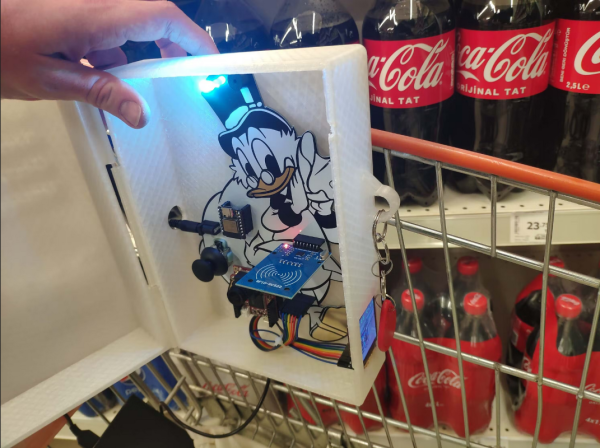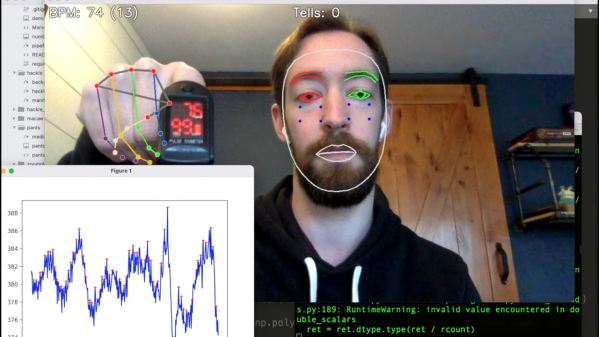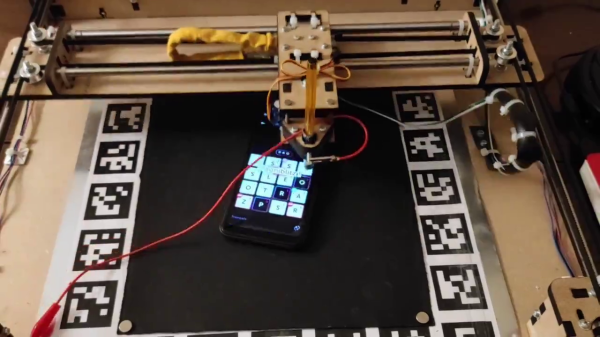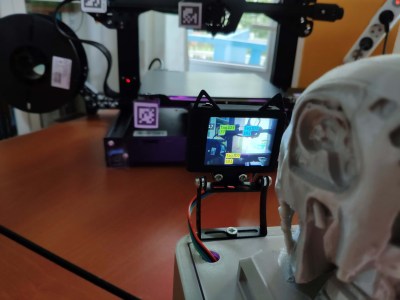We’ve been told for ages that “the robots are coming for our jobs!” It’s true that we’ve seen robots capable of everything from burger flipping to bricklaying being demonstrated, and that’s certainly alarming for anyone employed in such trades. But now it looks like AI has set its sights set on the white-collar world, with the announcement that ChatGPT has managed a passing grade on a Wharton MBA exam.
For those not in the know, the University of Pennsylvania’s Wharton School of Business is in the major league of business schools; earning a Master’s in Business Administration from that august institution is no mean feat, and is likely to put the budding executive on a ballistic career trajectory. So the fact that ChatGPT could pass the exam is significant. But before you worry about a world in which our best and brightest business leaders are replaced with soulless automatons, relax. The exam presented to ChatGPT was just a final exam for one course, Operations Management, so it’s not like it aced everything an MBA is expected to know, and it took a lot of hints from a human helper to get it that far. It’s also reported that it made a lot of simple math mistakes, too, so maybe a Wharton MBA isn’t that much of a big deal after all.


















